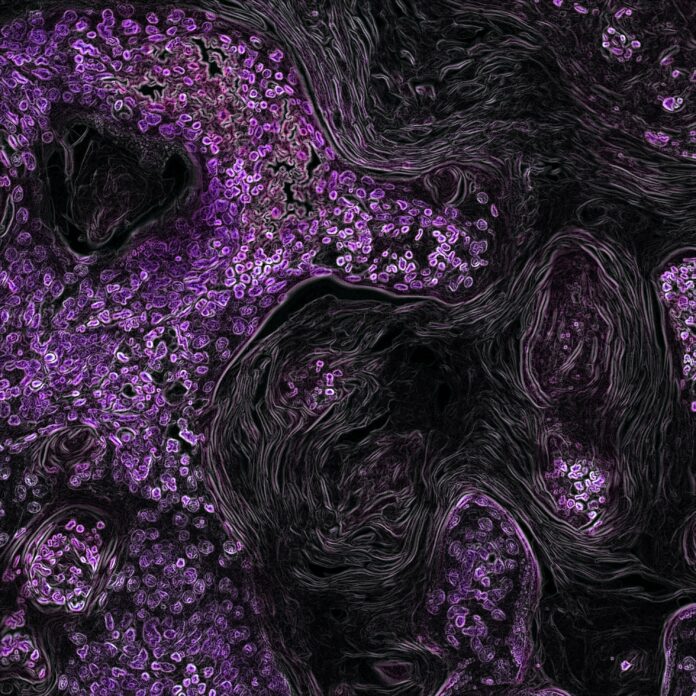The New York Assembly has passed an extension for cancer geological mapping and is currently awaiting the governor’s approval. Introduced as Senate Bill S8595, the piece of legislation aims to continue logging the correlation between cancer and geography within New York.
The idea of where we live being intertwined with our health has been floated for years, but this bill helps to put numbers to the idea. New Yorkers across the state are susceptible to environmental health challenges regardless of if you live in a quiet town upstate or in the city, this bill stands to link your location with health incidence, improving overall health for residents.
What Are Cancer Incidence Maps?
Cancer incidence maps are a helpful tool for understanding which areas of a targeted geological area are experiencing cancer. In this case, it’s New York, and the provision set forth by the localized government allows for proper monitoring and effective solutions.
Geographically profiling cancer instances is not a new concept but often not one spoken about. When it comes down to it, the tracking of cancer on a map has been a reality for many years, even dating back to English plotting in the 19th century.
The Issue with Cancer Incidence Maps
It’s important to note that just because an individual lives in a county with elevated cancer rates does not necessarily mean they have an increased chance of cancer.
The Department of Health states, “If you live or lived in a county where the rate is higher than the New York State rate, it does not mean that you are more likely to get cancer than someone who lives in a county with a lower rate. Your risk depends on many things, including your lifestyle (smoking, diet), your family history, and contact you have with cancer-causing substances (sunlight, x-rays, tobacco smoke, some chemicals).”
In fact, some years, a county may have a lower rate while the next they have a higher one. Additionally, if a county is smaller, the cancer incidence rate will have a skewed effect on overall percentages. And while the maps can help to understand cancer rates in a county, a map cannot definitively state why a person developed cancer. The primary benefit is that it can show a correlation. Cancer often takes a while to develop, which relocation complicates.
A Case Study: Staten Island
While we’ll dive into more specific numbers below, an example of cancer incidence maps being useful is in the case of Staten Island. Through tracking, it was found that Staten Island was the borough with the highest rate of cancer in New York City.
Armed with that knowledge, the New York Department of Health can work in conjunction with the Department of Environmental Conservation to seek an answer for why. In other words, what environmental factors are leading to higher rates of cancer in Staten Island?
In reality, it may be a cocktail of reasons why. In the case of Staten Island, a borough of NYC, air quality and emissions were equal, if not higher, than the state as a whole. Potential causes for higher levels that were later disproved included the potable water, which all of NYC uses, excess traffic, landfills, and Radon testing, all of which returned normal.
In the end, despite Staten Island’s elevated cancer rates, there was no clear environmental factor to place blame on. However, knowing that Staten Island has an elevated rate encourages scientists to continue studying as there is a clear disparity in incident rates.
More On Bill S8595
The renewal effort was presented by Todd Kaminsky of the 9th district and was co-sponsored by James Gaughran of the 5th district and Rachel May of the 53rd district. The extension is set to last an additional six years to expire on May 1st, 2028. All voted for the extension of the bill, with no naysayers on the floor. The bill effectively connects the issue of environmental conservation law and public health law to create this super map for tangible tracking.
As the justification portion of the proposal states, “The growth of cancer clusters in New York State has become a great concern. This bill would require the collection of cases of cancer throughout the State. This information is collected to help physicians and health care professionals determine if there are any environmental, occupational, or social factors that could lead to certain types of cancer.”
For more information on cancer incidence rates in your prospective county, including a breakdown by cancer type, visit Health.Ny.Gov.
Kylee was born and raised just outside of Sacramento in a small town full of history and charm. She stays up-to-date on the real estate market and hopes to empower hopeful buyers and sellers to make the best decisions for themselves. Kylee is particularly interested in bridging the gap for younger generations, helping them understand the power of owning and investing in real estate.



